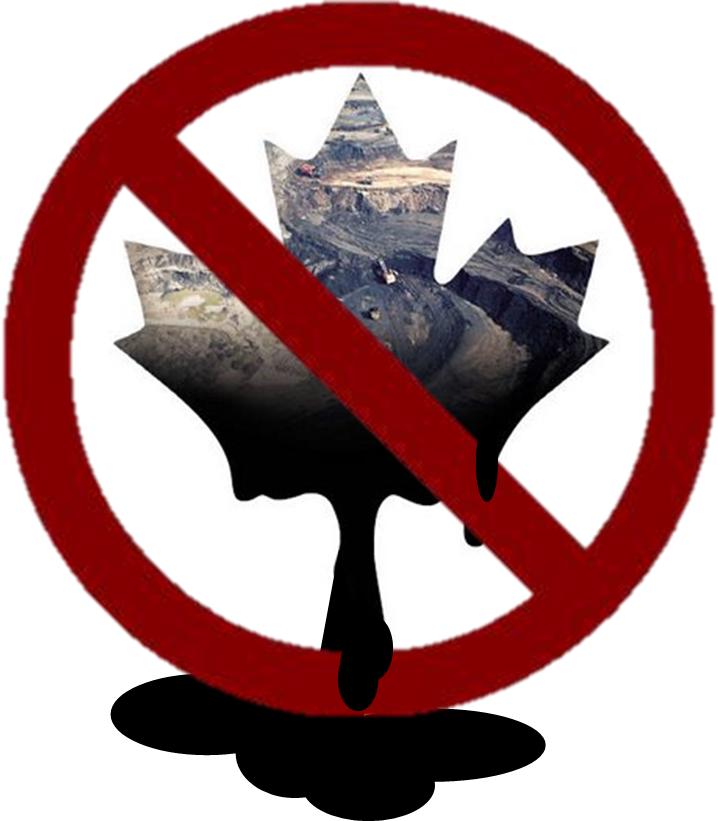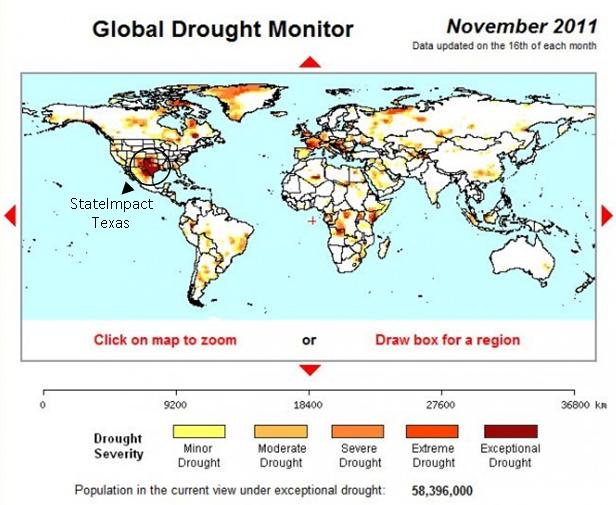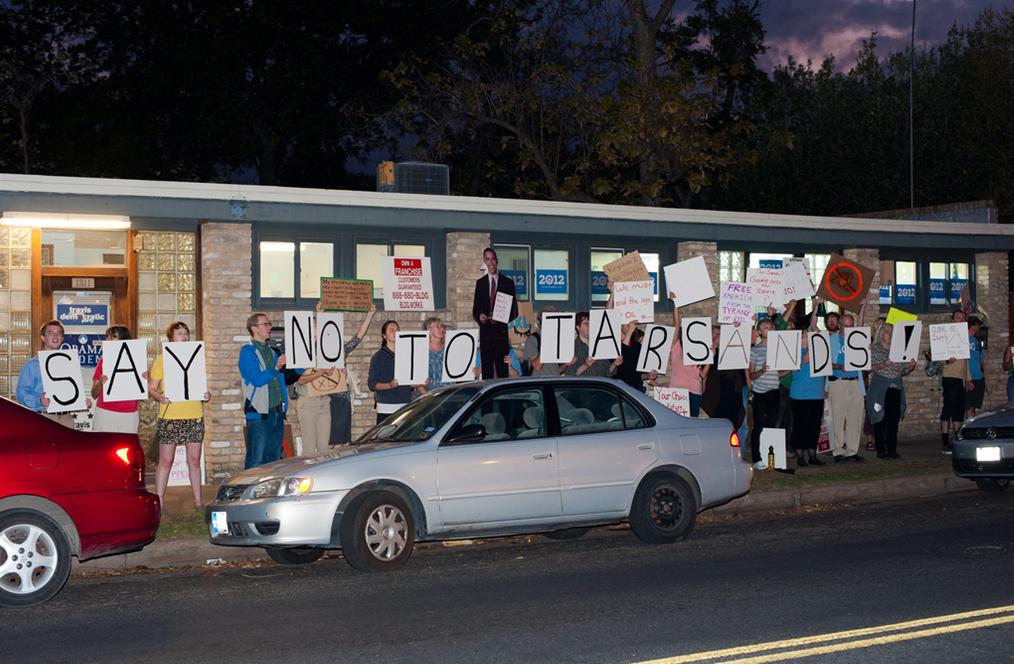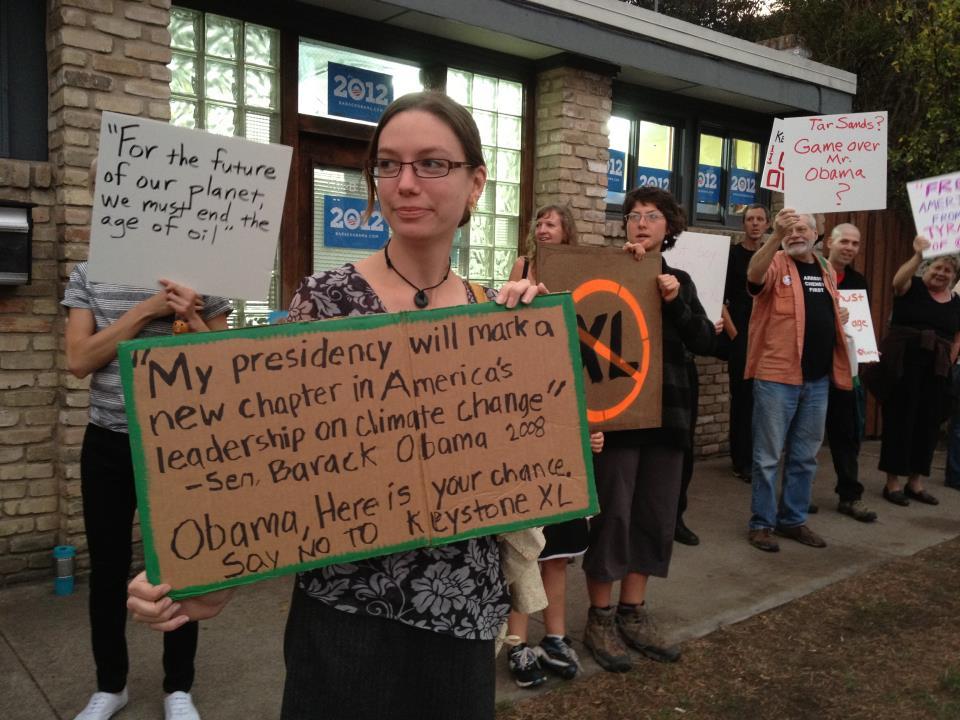After the Obama administration delayed a decision on an oil pipeline, which has been garnering more and more opposition from environmentalists, landowners and downwind communities near refineries along the proposed pipeline route that slices through the heartland of America, there are some who believe that this project could die from a number of issues that could come up as a result of re-routing the path of the pipeline, or re-doing the environmental impact statement (which was originally done by a State Department contractor whose major client was the pipeline owner).
But never fear, industry is doing what it always does when thwarted – they are throwing money at the problem and now Canada is stepping up its lobbying efforts.
Canada’s prime minister said he made it clear in a weekend meeting with U.S. President Barack Obama that Canada will step up its efforts to sell oil to Asia since the Obama administration delayed a decision on the proposed Keystone XL pipeline.
Meanwhile, Alberta Premier Alison Redford, the leader of the Canadian province that has the world’s third-largest reserves of oil, visited Washington on Monday and said she’ll meet with U.S. Speaker of the House John Boehner and other officials to discuss the pipeline’s future.
Last week, the U.S. State Department ordered that the pipeline be rerouted and subject to further environmental review, delaying a decision until 2013.
Canadian Prime Minister Stephen Harper, who met Obama on the sidelines of the APEC summit, said Canada will continue to push the U.S. to approve TransCanada’s $7 billion Keystone XL project to the U.S. Gulf Coast.
The pipeline is critical to Canada which must have pipelines in place to export its growing oil sands production from northern Alberta, which has more than 170 billion barrels of proven reserves.
The Obama administration’s announcement to put off a decision went over badly in Canada which relies on the U.S. for 97 percent of their energy exports and the Harper government has said it is a strategic objective of the country to diversify its customer base. Canada, however, is expected to remain the biggest foreign supplier of oil to the U.S. even if the pipeline is not approved.
Harper said Obama told him the U.S. is continuing to examine the Keystone XL decision and that his government has not taken a final decision. The State Department wants the pipeline to avoid environmentally sensitive areas of Nebraska.
The prime minister previously characterized Obama’s approval of the project as a “no-brainer” but at least one oil analyst said the project now only has a 50 percent chance of being approved.
TransCanada wants to build the pipeline to carry crude oil extracted from the oil sands in Alberta to the refinery hubs in Texas. The pipeline would carry an estimated 700,000 barrels of oil a day, doubling the capacity of an existing pipeline from Canada.
TransCanada and its supporters have said the project would create U.S. construction jobs, help lower gas prices and reduce dependence on Middle East oil. Opponents say it would bring “dirty oil” that requires huge amounts of energy to extract and could cause an ecological disaster in case of a spill.
The heavily contested project became a political trap for Obama, who risked angering environmental supporters — and losing re-election contributions from some liberal donors — if he approved it. The State Department had previously said it would have a decision by the end of the year. Now we will wait to see what happens after the 2012 elections.
Read Full Post »









